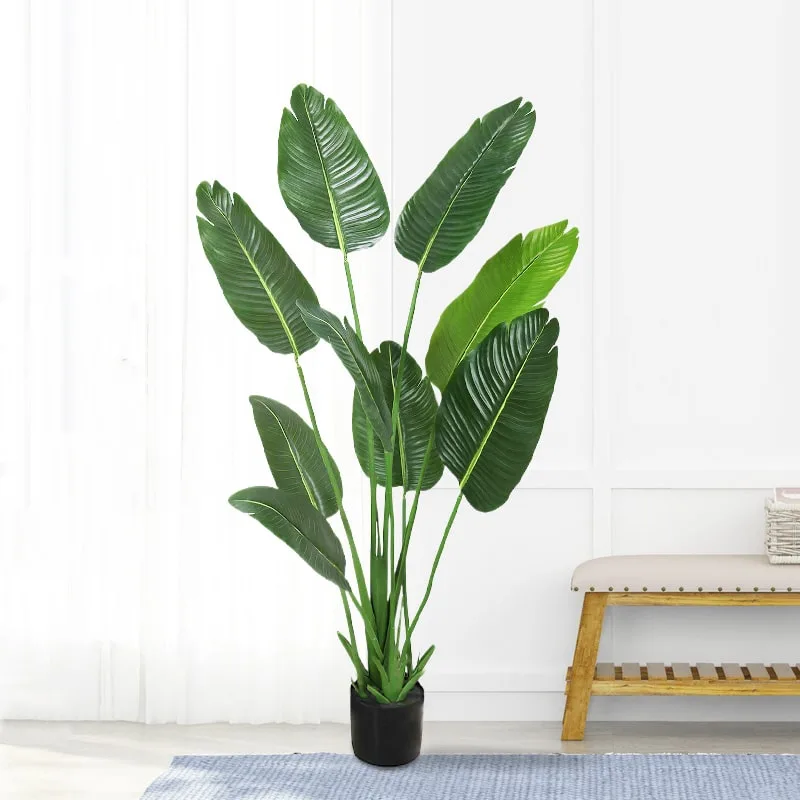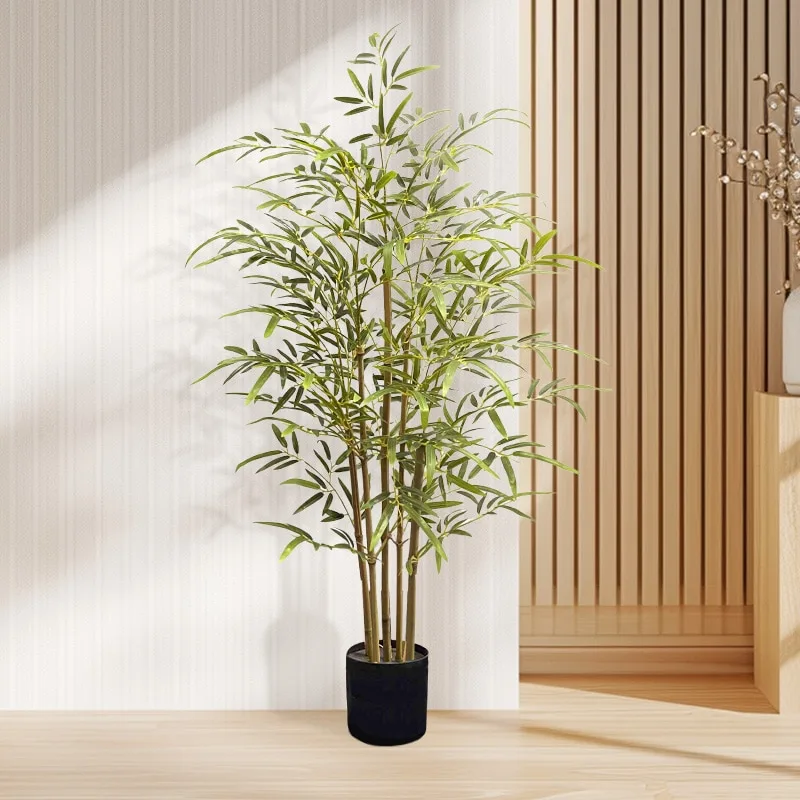Table of Contents
With the rapid development of urbanization, the conflict between urban green spaces and residential areas has intensified, and outdoor greenery can no longer meet people’s demand for a natural environment. As a complement to traditional landscaping, indoor plant landscapes extend nature into interior spaces, serving as a bridge between humans and the beauty of nature. derimot, due to environmental limitations, the survival rate of indoor plants is relatively low, and they often fail to thrive. In this context, artificial plants have emerged as an innovative solution.
Faux Plants are not restricted by natural conditions such as sunlight, air, water, or seasons. They can be freely selected and arranged according to the needs of the space, whether in the deserts of the northwest or barren wastelands, creating a lush, green environment all year round. They serve as an ideal bridge connecting humans with nature.
The Role of Artificial Plants in Regulating Indoor Noise and Dust
Faux Plants, designed to mimic the shapes and structures of real plants, are crafted using high-quality materials to achieve a lifelike appearance that is nearly indistinguishable from the real thing. Research shows that:
Noise Reduction: Faux Plants effectively dissipate and absorb indoor noise energy.
Air Purification: With details like leaf fuzz and fibers mimicking real plants, Faux Plants can capture airborne dust, ensuring cleaner air and healthier breathing.
Dust Reduction: When scientifically arranged, Faux Plants can reduce indoor air dust levels by 20% to 70%.

The Impact of Artificial Plant Landscapes on Indoor Environments and Spaces
1. Relieve Visual Fatigue
Spending time surrounded by Faux Plants, as in a forest or botanical garden, helps reduce visual fatigue and keeps the eyes feeling refreshed.
2. Soften Indoor Spaces
The rich colors and diverse shapes of Faux Plants break the monotony of rigid, linear interior structures, adding variety and depth to the space.
3. Psychological Comfort
Artificial plants help alleviate negative emotions such as tension and irritability, bringing joy and vitality to the environment.


Comparison of Artificial and Real Plants
Advantages of Artificial Plants
- No Natural Limitations: Do not require sunlight, water, or seasonal conditions to thrive.
- Low Maintenance Costs: Require no care, do not wilt or shed, and are washable, odorless, and non-toxic.
- High Durability: Maintain a fresh and vibrant appearance for long periods, even in harsh environments such as deserts or wastelands, creating a lush green landscape year-round.
Disadvantages of Artificial Plants
- Lack of Photosynthesis: Cannot replicate the ecological functions and natural vitality of real plants.
- No Life Force: Serve solely as visual decoration without the liveliness and dynamism of natural plants.


人造植物通过精心的设计和精细的工艺,不仅为现代室内环境提供了独特的装饰效果,还弥补了室内植物的诸多局限性。虽然它们不能完全取代真植物的生态功能,但人造植物具有高适应性、低维护和耐用性,使它们成为人类与自然之间必不可少的桥梁。它们为现代城市生活注入了更多的绿意和活力。




